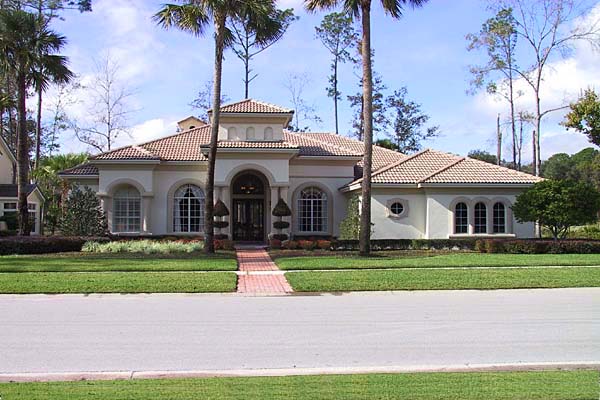CURABLE DEPRECIATION
Curable Depreciation in Real Estate: Enhancing Property Value and Long-Term Investments
When it comes to real estate investments, property depreciation is a crucial concept that directly impacts asset value and potential returns. Among the various forms of depreciation, curable depreciation stands out as an opportunity for property owners and investors to enhance the value of their assets through strategic interventions and maintenance efforts.
Understanding Curable Depreciation
Curable depreciation refers to the decrease in property value due to issues that can be feasibly remedied or improved. Unlike incurable depreciation, which is caused by factors beyond the property owner's control, curable depreciation presents an avenue for proactive measures to address specific deficiencies and enhance the overall condition and market value of the property.
Examples of Curable Depreciation
Outdated Fixtures and Finishes:
Properties with obsolete or worn-out fixtures, such as outdated kitchen appliances, bathroom features, or flooring materials, may experience curable depreciation that can be rectified through renovation and modernization efforts.
Deferred Maintenance:
Neglected upkeep and maintenance issues, such as roof leaks, plumbing problems, or exterior deterioration, contribute to curable depreciation. Timely repairs and maintenance can reverse this depreciation trend and preserve the property's value.
Functional Obsolescence:
Inefficient layouts, inadequate storage space, or impractical room configurations can lead to curable depreciation. Property owners can undertake remodeling projects to optimize functionality and appeal, thereby addressing this form of depreciation.
Addressing Curable Depreciation
Property Inspection and Assessment
Property Inspection and Assessment
Engaging professional inspectors and appraisers to conduct a comprehensive evaluation of the property can reveal areas of curable depreciation, guiding owners and investors in formulating targeted improvement strategies.
Strategic Renovation and Upgrades
Implementing well-planned renovation projects, such as kitchen remodels, bathroom renovations, energy-efficient upgrades, and structural enhancements, can effectively mitigate curable depreciation while adding to the property's overall desirability and market value.
Market Research and Analysis
Staying informed about current real estate trends and buyer preferences enables property owners to tailor their curable depreciation mitigation efforts to align with market demands, ensuring that the improvements yield optimal returns.
The Impact of Curable Depreciation Mitigation
By actively addressing curable depreciation, property owners and investors can unlock the latent potential of their assets, positioning them for enhanced market competitiveness, increased rental income, and greater appreciation over time. Moreover, mitigating curable depreciation fosters a more favorable living environment for tenants and residents, ultimately contributing to tenant satisfaction and retention.
Conclusion
In the realm of real estate, curable depreciation represents an opportunity for proactive value enhancement and long-term investment growth. By recognizing and addressing areas of curable depreciation through strategic interventions, property owners and investors can elevate the appeal, functionality, and market value of their assets, paving the way for sustainable returns and enduring property appreciation.
I have provided a comprehensive overview of curable depreciation in real estate, emphasizing its impact and the strategies for addressing it effectively. If you require further elaboration on specific aspects or additional details, please feel free to let me know!
MORE REAL ESTATE TERMS
A, B, C, D, E, F, G, H, I, J, K, L, M, N, O, P, Q, R, S, T, U, V, W, X, Y, Z
Featured New Home

Featured Mortgage Brokers
- CHARTER WEST NATIONAL BANK, GRAND ISLAND, NE
714 N DIERS AVE
GRAND ISLAND, NE 68803 - MOVEMENT MORTGAGE LLC, COLUMBIA, SC
1129 SPARKLEBERRY LANE EXT
COLUMBIA, SC 29223 - CSTONE MORTGAGE INC, SAN DIEGO, CA
4545 MURPHY CANYON RD STE 213
SAN DIEGO, CA 92123 - PRIMELENDING A PLAINSCAPITAL COMPANY, NORTH SYRACUSE, NY
6702 BUCKLEY RD STE 140
NORTH SYRACUSE, NY 13212 - FIRST HOME MORTGAGE CORP, MILLERSVILLE, MD
8638 VETERANS HWY STE 300
MILLERSVILLE, MD 21108